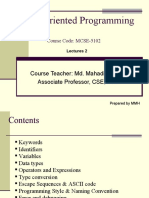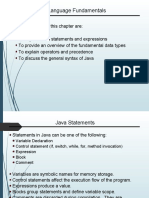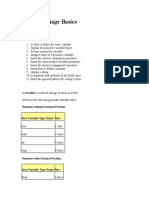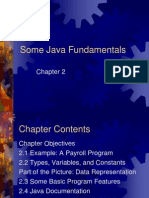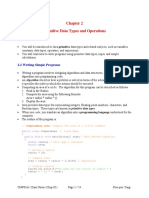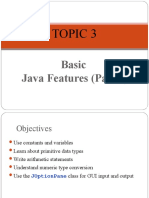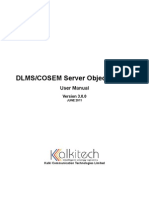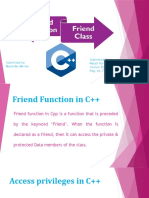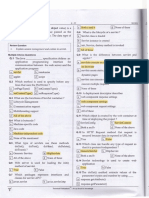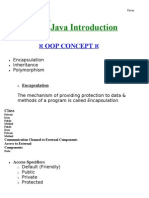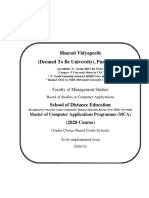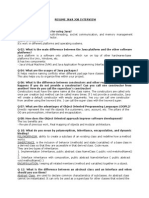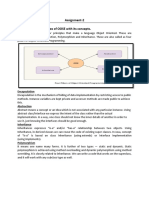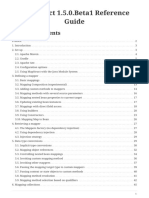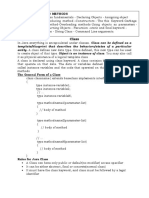0% found this document useful (0 votes)
37 views30 pagesLecture-02 Introduction To Java Programming: by Dr. Bharati Mishra
Uploaded by
Johny SinghCopyright
© © All Rights Reserved
We take content rights seriously. If you suspect this is your content, claim it here.
Available Formats
Download as PDF, TXT or read online on Scribd
0% found this document useful (0 votes)
37 views30 pagesLecture-02 Introduction To Java Programming: by Dr. Bharati Mishra
Uploaded by
Johny SinghCopyright
© © All Rights Reserved
We take content rights seriously. If you suspect this is your content, claim it here.
Available Formats
Download as PDF, TXT or read online on Scribd
/ 30

























